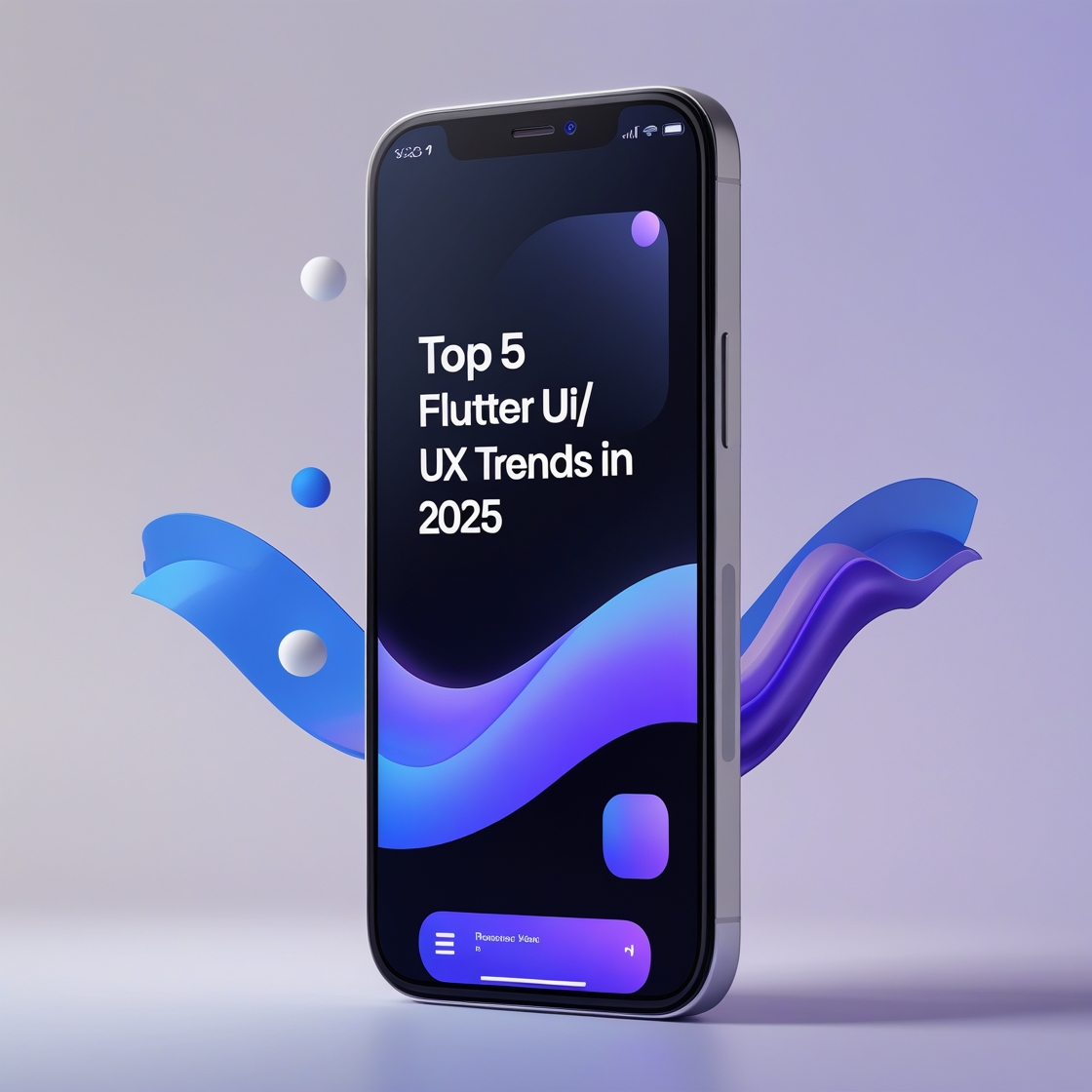Flutter is at the leading edge of the rapidly evolving mobile app development landscape. Developers are pushing the boundaries every year to produce user interfaces that are not only visually appealing but also simple, easy to use, and enjoyable. These Flutter UI/UX trends in 2025 are reshaping how designers create intuitive mobile experiences.
User-first experiences that combine inclusivity, subtle interactivity, and simplicity are the primary objective of Flutter UI/UX design trends in 2025. These five trends are changing the way we use Flutter for development, whether you’re creating your first app or enhancing a current one. These Flutter UI/UX trends in 2025 are reshaping how designers create intuitive mobile experiences. To see how we implement these, check out our Flutter Development Services.
1. Minimalist UI with Purpose
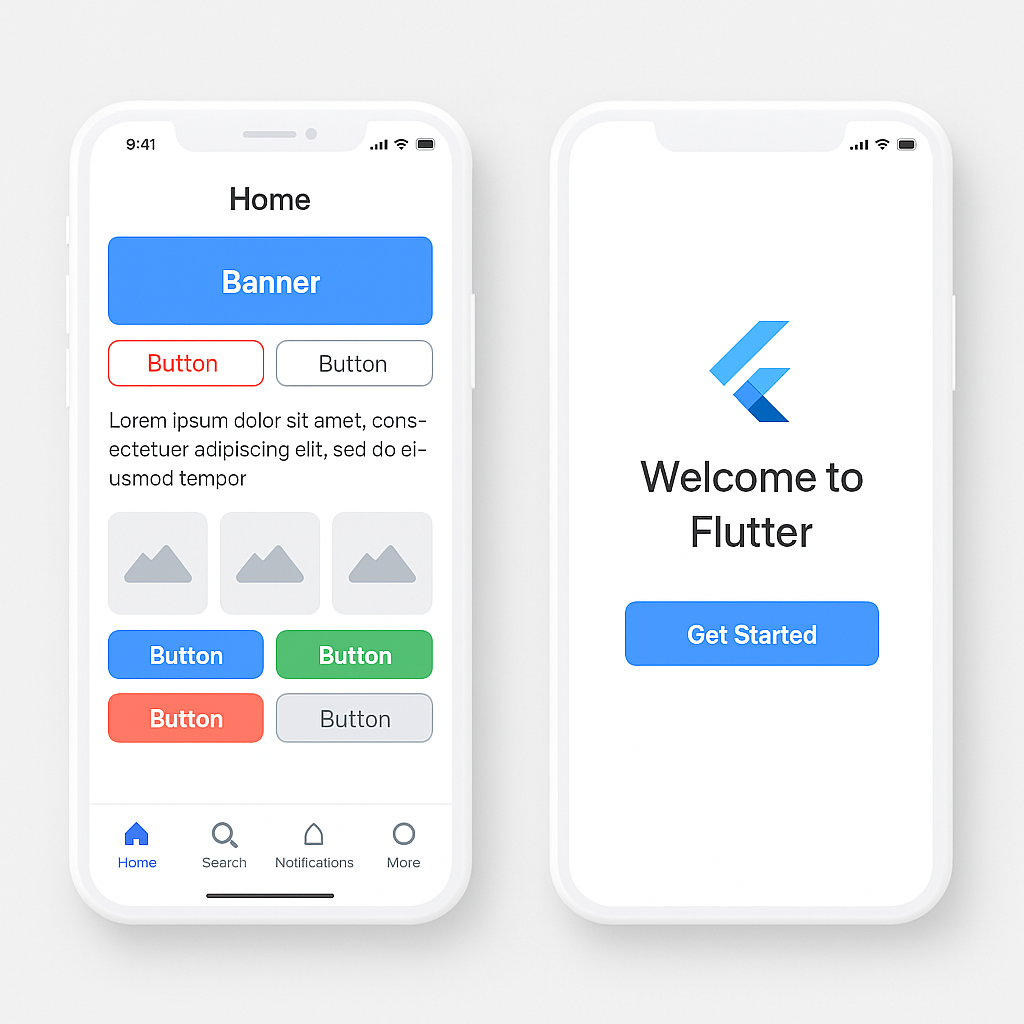
By 2025, minimalism is a strategy rather than just a fashion trend. Clean, roomy layouts with lots of white space, targeted typography, and deliberate color use are becoming more and more popular among Flutter developers.
- Why it works: It works well on low-end devices, lowers cognitive load, and directs the user’s attention where it is needed.
- Expert advice: To create adaptable, responsive minimalist designs, utilize Flutter’s LayoutBuilder, Flex, and Wrap widgets.
📌 Real-world example: To guarantee functionality even on older phones, banking and utility apps in developing regions are implementing ultra-minimal layouts.
2. By Default, Dark Mode
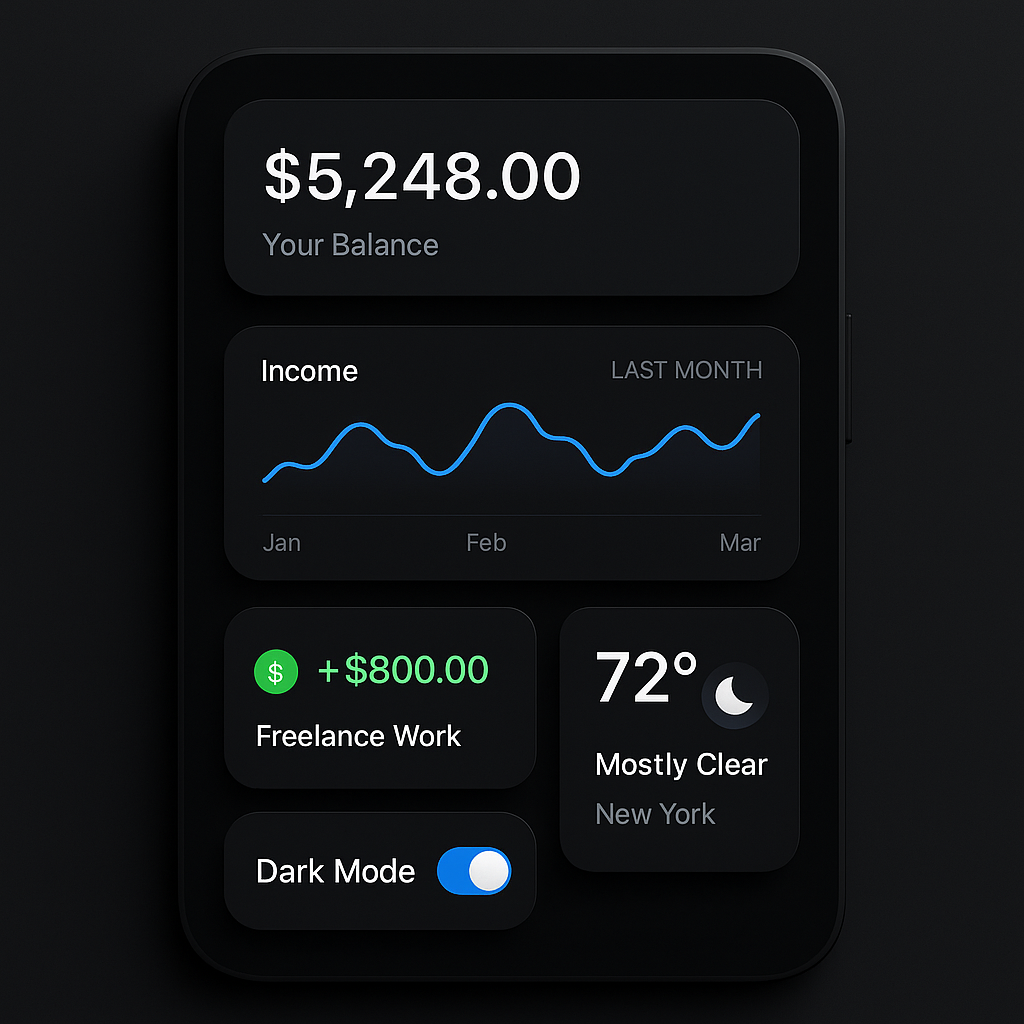
Dark mode is frequently the default experience and is no longer an optional setting. It has a sleek, contemporary appearance, is easier on the eyes, and uses less battery power on OLED screens.
- Flutter bonus: Changing themes is easier than ever with ThemeData.dark() and dynamic theming with Provider or Riverpod.
- Design tip: To preserve depth and prevent sharp contrasts, use deep grays (#121212) rather than pure black.
🎯 Reasons for its popularity: It’s fashionable, battery-efficient, and lessens eye strain, particularly in dimly lit areas.
3. Micro-Animations for Feedback

In 2025, subtle animations will be highly prevalent and Flutter’s AnimatedContainer, Hero, and Lottie integrations are making it simpler to use them.
- Key uses include onboarding flows, transitions, loading states, and button presses.
- The objective is to improve interactivity without creating delays by keeping animations under 200 ms.
✨ Pro tip: For fast, modular animations that don’t overburden your user interface logic, use the flutter_animate package.
📱 Why it matters: Micro-interactions give an app personality and let users know it’s alive and responsive.
4. Accessible Design Is the Standard
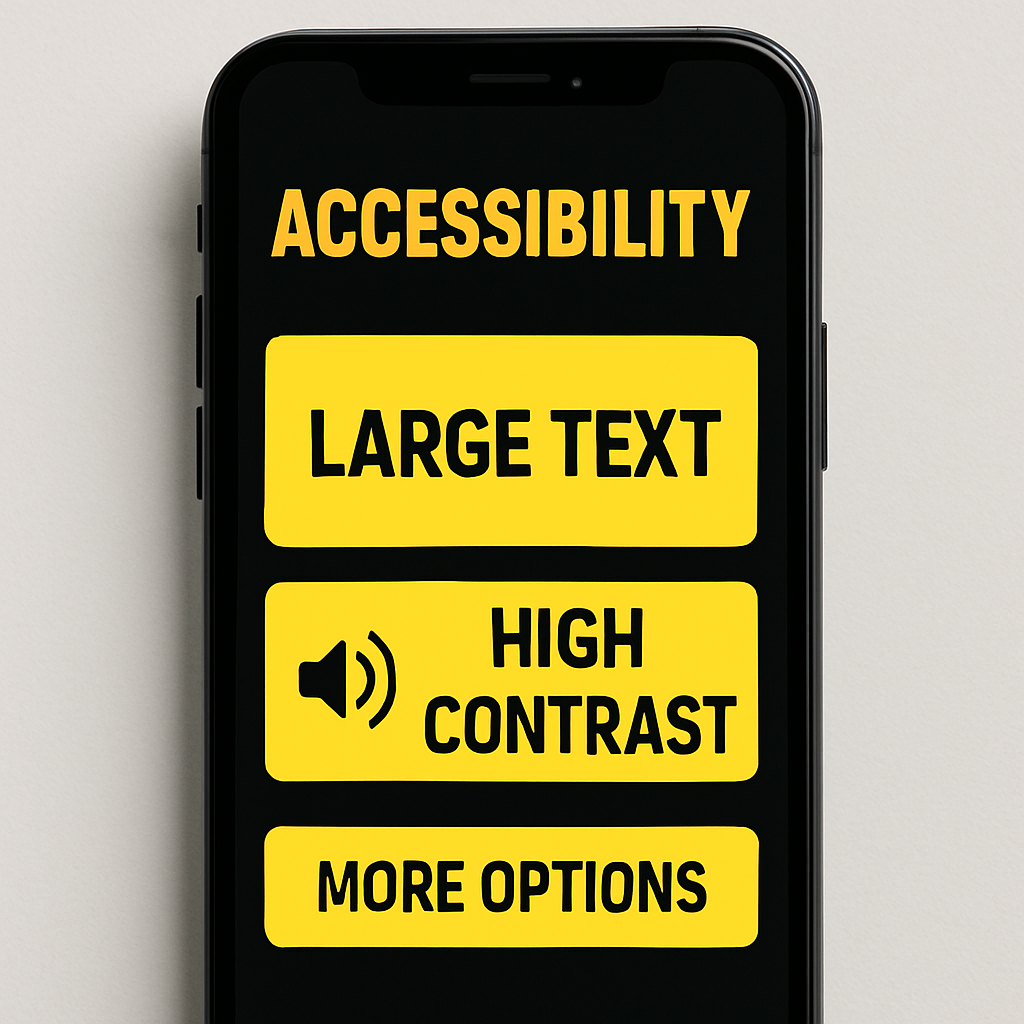
Accessibility is now a necessity rather than a specialized subject. By 2025, developers are incorporating inclusivity into their apps from the very beginning.
- Best practices:
- For screen readers, use the Semantics widget.
- Keep the contrast ratio at least 4.5:1.
- Encourage adaptive layouts and text scaling.
🧠 Fun fact: Because of increased audience reach and retention, apps that prioritize accessibility now rank higher in the app store.
5. Fluid Navigation with Bottom Sheets & Gestures
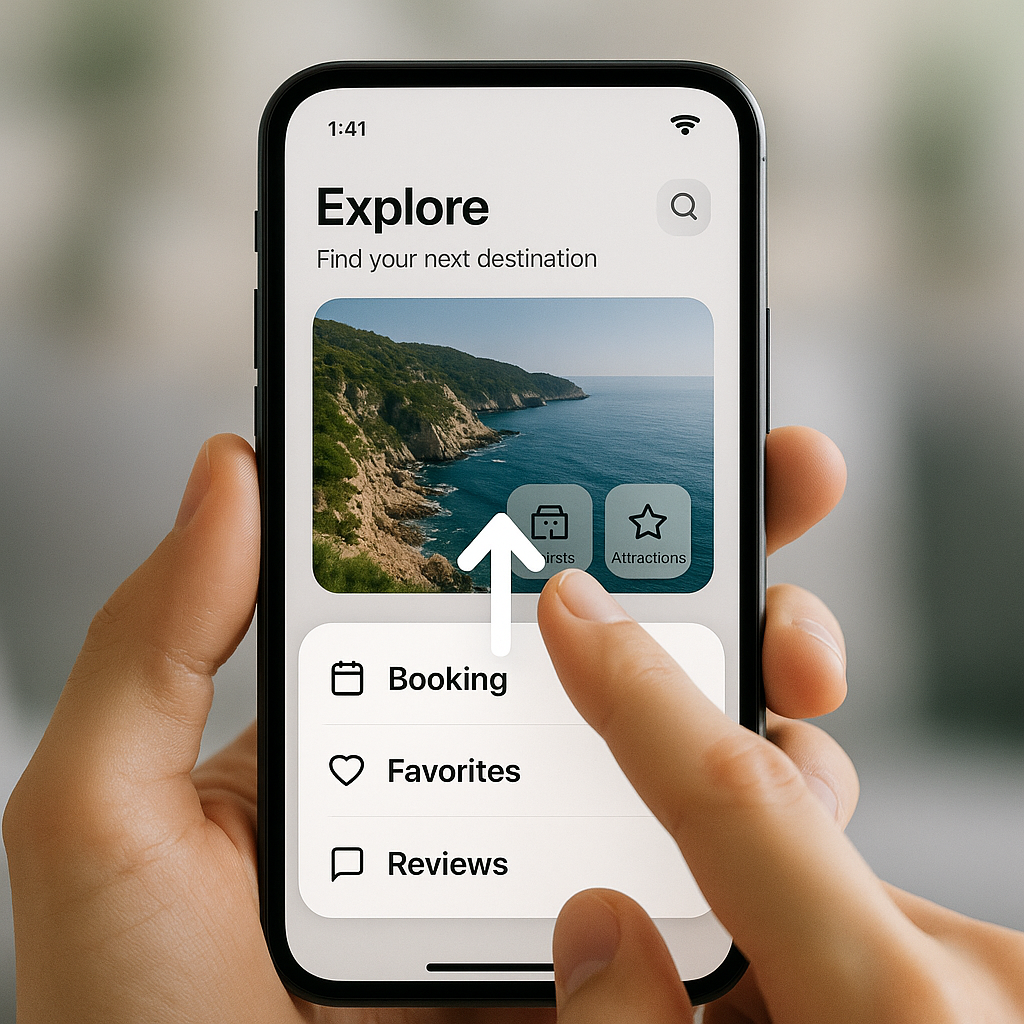
By 2025, users are fed up with abrupt screen-to-screen switching. Rather, they favor contextual bottom sheets, gesture-based interactions, and fluid motion.
- How to implement: Use DraggableScrollableSheet for intelligent gesture behavior, PageRouteBuilder for custom transitions, and showModalBottomSheet() for implementation.
- Design trend: To emulate the layered navigation of popular apps like Instagram or Airbnb, combine tabs with bottom sheets.
🌀 Why it works: It saves screen real estate, feels contemporary, and lets users focus while viewing content.

